Proclaiming itself as “the biggest Bauhaus exhibition in the UK in over 40 years “, Bauhaus: Art as Life – at the Barbican Art Gallery – is understandably an exhaustive affair; a meticulously encyclopaedic probing into the history and legacy of the 20th century’s most significant, and revered art school. Inspired by Germany’s defeat in World War I, and the subsequent swell in arts and craft experimentation, the school that architect Walter Gropius founded was as much a mine of utopian politics and freethinking as it was a birthplace for the movement’s strong aesthetic style.
It’s that radicalism that leads you to reassess what you think you already know about Bauhaus. Sure, there’s familiar works from the likes of Josef Albers and Herbert Bayer, but with over 400 works from masters and students alike – and covering an expanse of creative disciplines from art, architecture and design, to textiles, ceramics and theatre – and the intensive programme of events, workshops and talks that accompany the summer-long exhibition; it looks set to inspire and motivate a whole new audience – almost a century since the school began its 14 year spell of life-changing creativity.
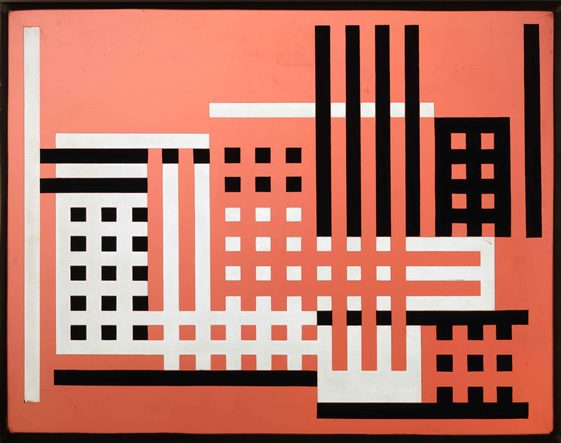
Josef Albers
Factory A, 1925/26
Sandblasted flashed glass with black paint
35.5 x 45.7 cm
© 2012 The Josef and Anni Albers Foundation/ VG Bild-Kunst, Bonn, Germany/
Artists Rights Society, New York, USA
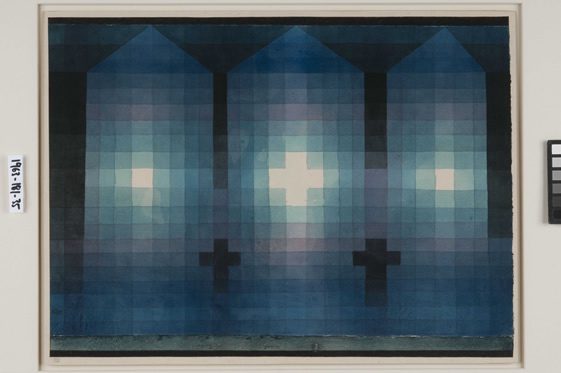
Paul Klee
Tomb in Three Parts, 1923
Watercolor and graphite on paper
Sheet: 33 x 45.1 cm
Philadelphia Museum of Art, The Louis E. Stern Collection, 1963-181-35
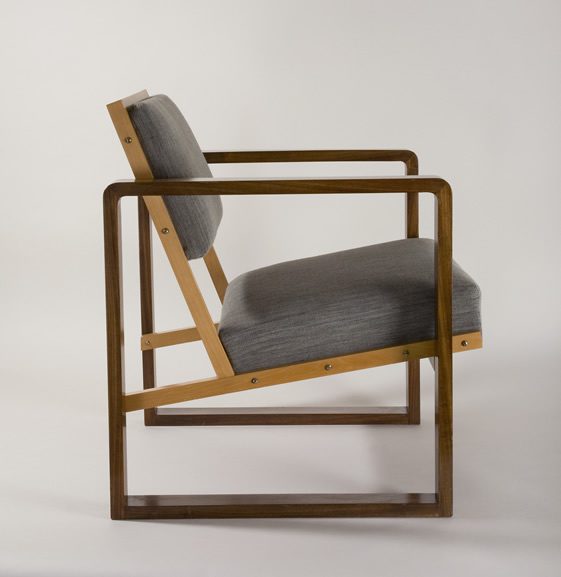
Josef Albers
Club Chair from Oeser’s home, 1928 Mahogany veneer,
beech wood, maple, with flat cushions
75 x 61.6 x 67.6 cm
Bauhaus-Archiv Berlin
Photograph: Fotostudio Barsch
© VG Bild-Kunst, Bonn, Germany
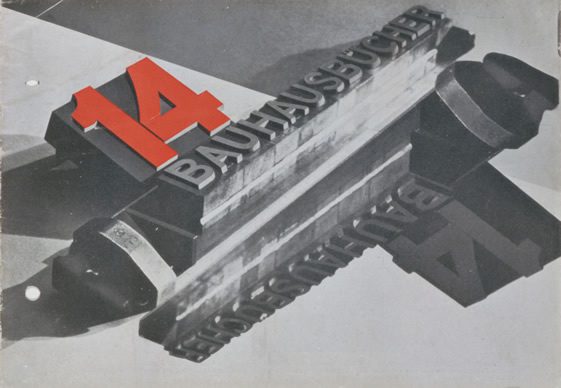
László Moholy-Nagy
Prospectus ’14 Bauhausbücher’, 1928
Black and red print on white paper with wire binding
14.8 x 21 cm
Bauhaus-Archiv Berlin
© VG Bild-Kunst, Bonn, Germany
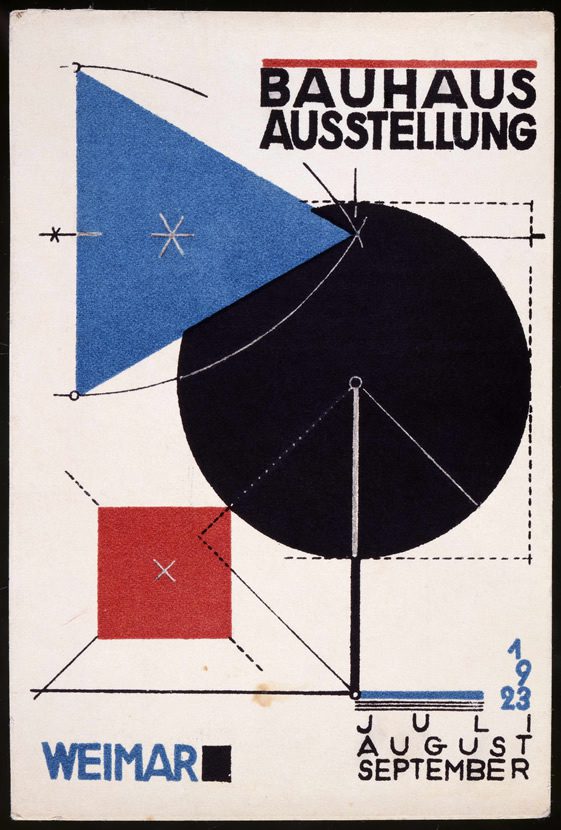
Herbert Bayer
Postcard No. 11 for the Bauhaus Exhibition in Weimar, summer, 1923
Colour lithograph on cardboard
14.5 x 9.8 cm
Bauhaus-Archiv Berlin
Photograph: Markus Hawlik
© VG Bild-Kunst, Bonn, Germany
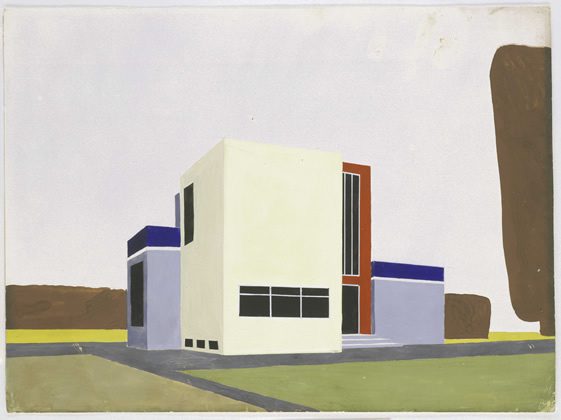
Farkus Molnar
Design for a single-family house, 1922 Tempera over pencil on paper
24 x 33 cm
Bauhaus-Archiv Berlin
Photograph: Markus Hawlik
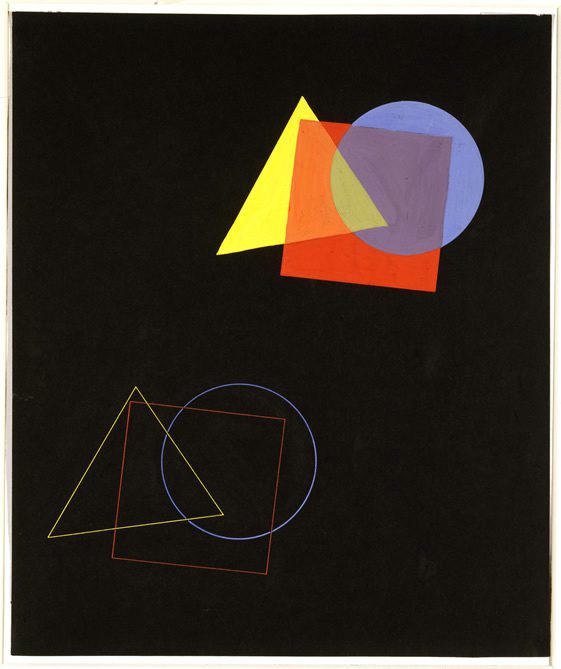
Eugen Batz
The spatial effect of colours and forms,
from Wassily Kandinsky’s course at the Bauhaus Dessau, 1929
Tempera over pencil on paper
39.2 x 32.9 cm
Bauhaus-Archiv Berlin
© VG Bild-Kunst, Bonn, Germany
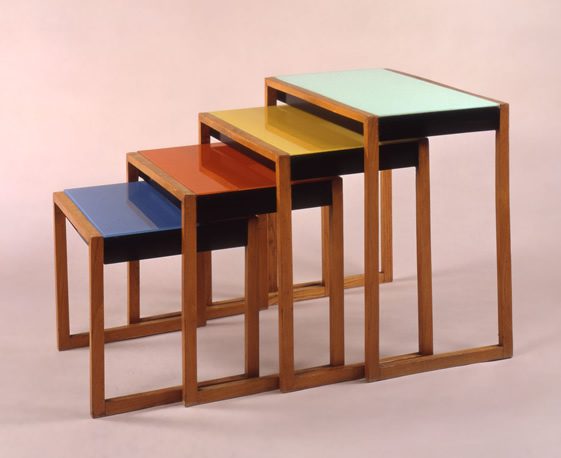
Josef Albers
Set of four stacking tables, c.1927
Ash veneer, black lacquer and painted glass
39.2 x 41.9 x 40 cm; 47.3 x 48.0 x 40 cm; 55.4 x 53.3 x 40 cm; 62.6 x 60.1 x 40.3 cm
© 2012 The Josef and Anni Albers Foundation/ VG Bild-Kunst, Bonn, Germany/
Artists Rights Society, New York, USA
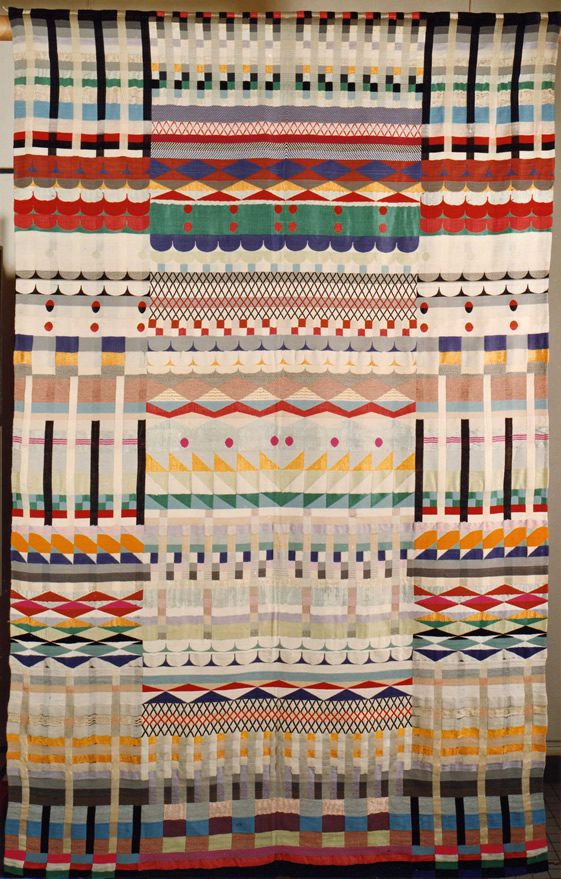
Gunta Stölzl
Five Choirs, 1928
Jacquard weave in cotton, wool, rayon and silk 229 x 143 cm
Die Museen für Kunst und Kultursgeschichte der Hansestadt Lübeck
© VG Bild-Kunst, Bonn, Germany








